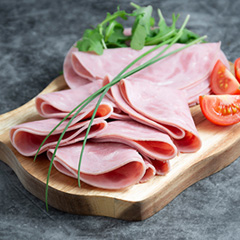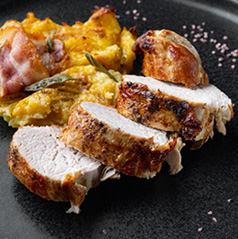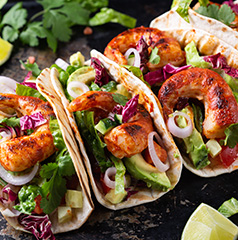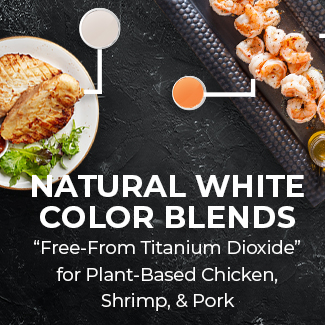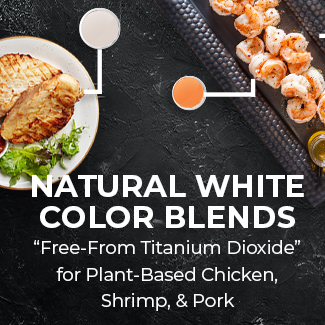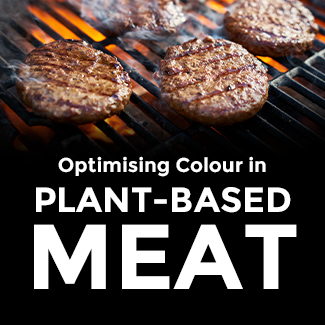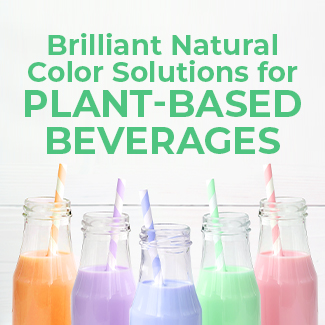Key Color Considerations for Plant-Based Meat Alternatives
Plant-Based Expectations are Growing
Optimized color improves flavor perception in plant-based meat
Sensient Consumer Research 2019-2022
Developers looking to improve taste can look to optimized, flavor-appropriate color solutions for specific target visuals.

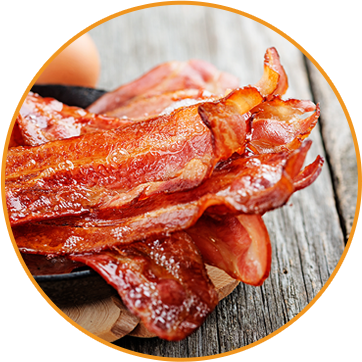
Firstly, achieving the target shade of a product from its base shade is critical. The difference between a medium and well-done patty shade could be wholly different color solutions for a plant-based burger.
Apart from how it looks straight out of the packaging, having a color shift under heat processing from a “raw” to “cooked” visual is another way to mimic real meats. Sensient’s color experts have used solutions like beet to meet these specific performance needs and have a wealth of experience to tap on.
Labeling is also another key consideration for plant-based products, since it would appeal mostly to vegans and vegetarians. For other claims like “natural” or “made locally”, developers can rest easy with Sensient’s local capabilities within 7 manufacturing sites in Asia Pacific, and extensive reach as the leading global manufacturer of color solutions.
Plant-Based Color Solutions For Authentic Meat Alternatives
Natural Pink Solutions

From raw chicken to cooked shrimp, many raw meats are shades of pink, and some keep pink hues through a cooking process. Standard beet solutions are a great choice in achieving a color change upon cooking. Beet-based solutions from Sensient’s UberBeet™ portfolio, like Magna Ruby and SupraRed™, can be used for heat-stable pink..
Sample Natural Pink Solutions
Natural Red Solutions

Deeper shades of red perfectly represent proteins like bacon, salami, and raw beef. Highly concentrated beet solutions like SupraRed™ can achieve this appearance without impacting the texture or flavor profile.
Sample Natural Red Solutions
Natural Brown Solutions

Brown is arguably the “default” shade of cooked meat, from seared steaks to baked chicken. Sensient’s Sienna™ fruit juice and blends offer caramel-free heat-stable brown shades from warm tan to darker shades reminiscent of a grilled or seared aesthetic. Heat-stable natural blue solutions within Sensient’s portfolio can be used to add gray notes to cooked proteins like beef analogues.
Sample Natural Brown Solutions
Natural Orange Solutions
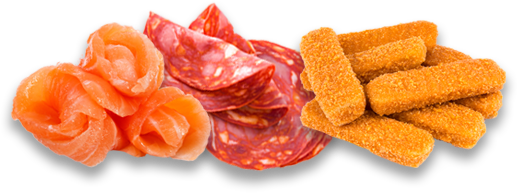
Orange is an important visual cue for raw salmon and many spicy flavors in breadings or sausages. Natural color solutions like annatto and paprika can be leveraged to create bold visuals that match animal proteins.
Sample Natural Orange Solutions
Natural Yellow Solutions

For yellow shades in flavored chicken dishes like curry or egg products like omelets and sushi, natural color solutions like turmeric and beta carotene can help developers mimic traditional meat appearances.
Sample Natural Yellow Solutions
Natural White Solutions

White is an important shade for plant-based proteins replacing cooked chicken, cooked pork, and raw OR cooked fish like cod or halibut. Sensient’s Avalanche™ portfolio offers a wide range of natural white color solutions tailored perform in any application.
Sample Natural White Solutions
For more resources on plant-based proteins:
Click the icons to view our blogs and webinars!
-
Hot Natural Colors for Spicy Seasonings and Breading »
-
Sensory Solutions for Plant-Based Meat Analogues »
-
Natural White Color Blends for Plant-Based Chicken, Shrimp, & Pork »
-
Optimizing Colour in Plant-Based Meat »
-
Market Trends in the Growing Plant-Based Meat Category »
-
Optimizing Color in Plant-Based Meat [WEBINAR] »




